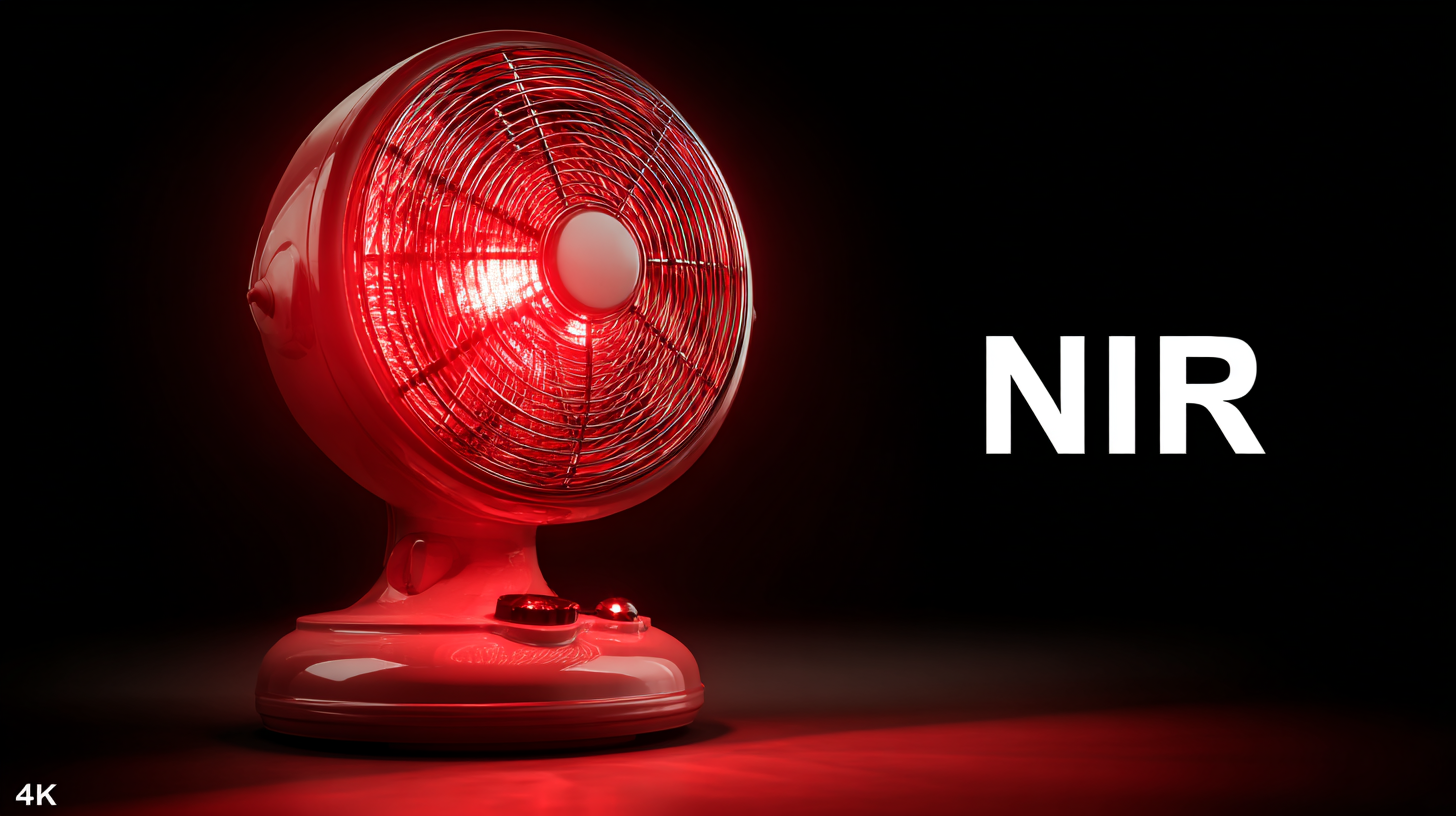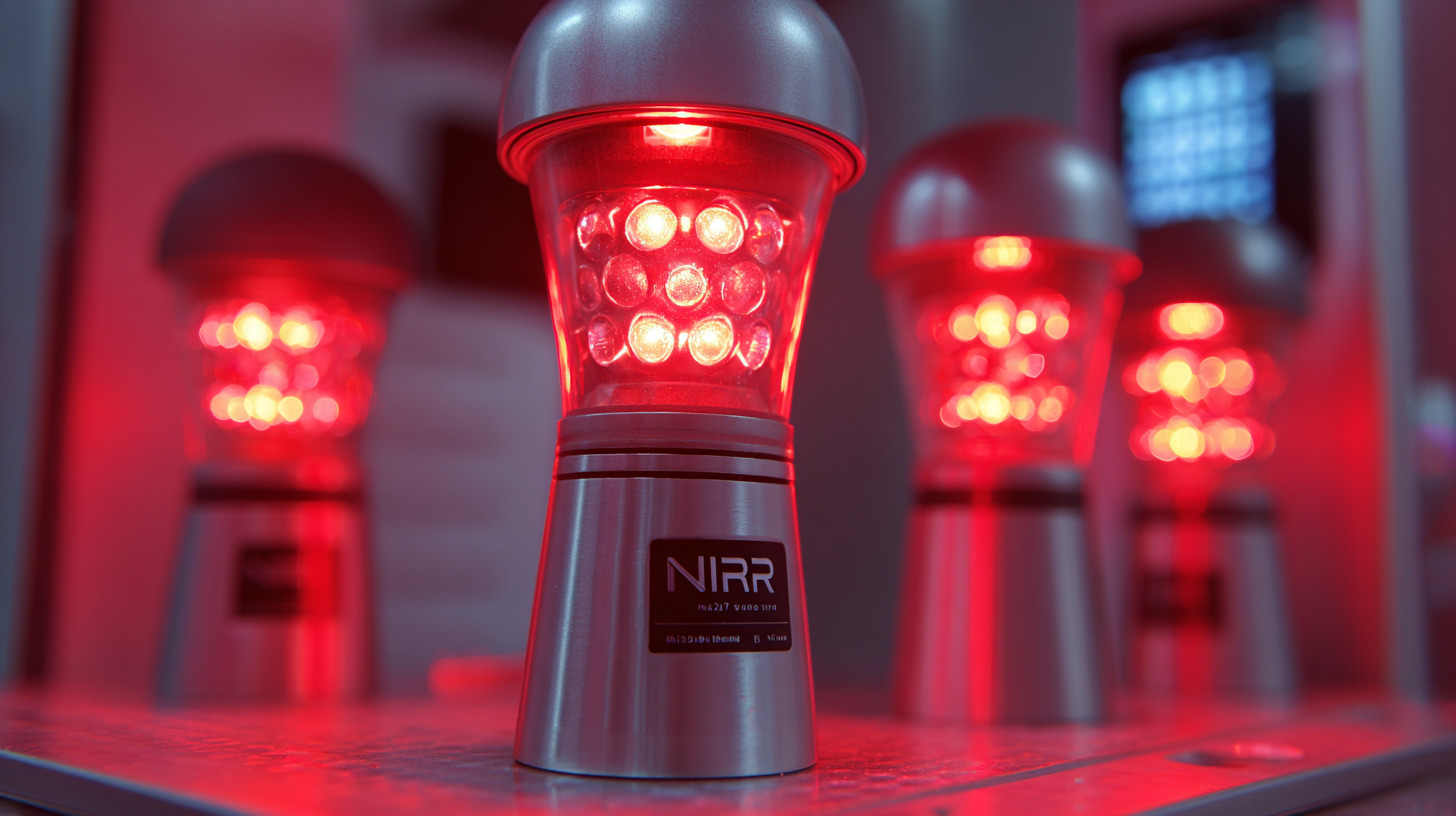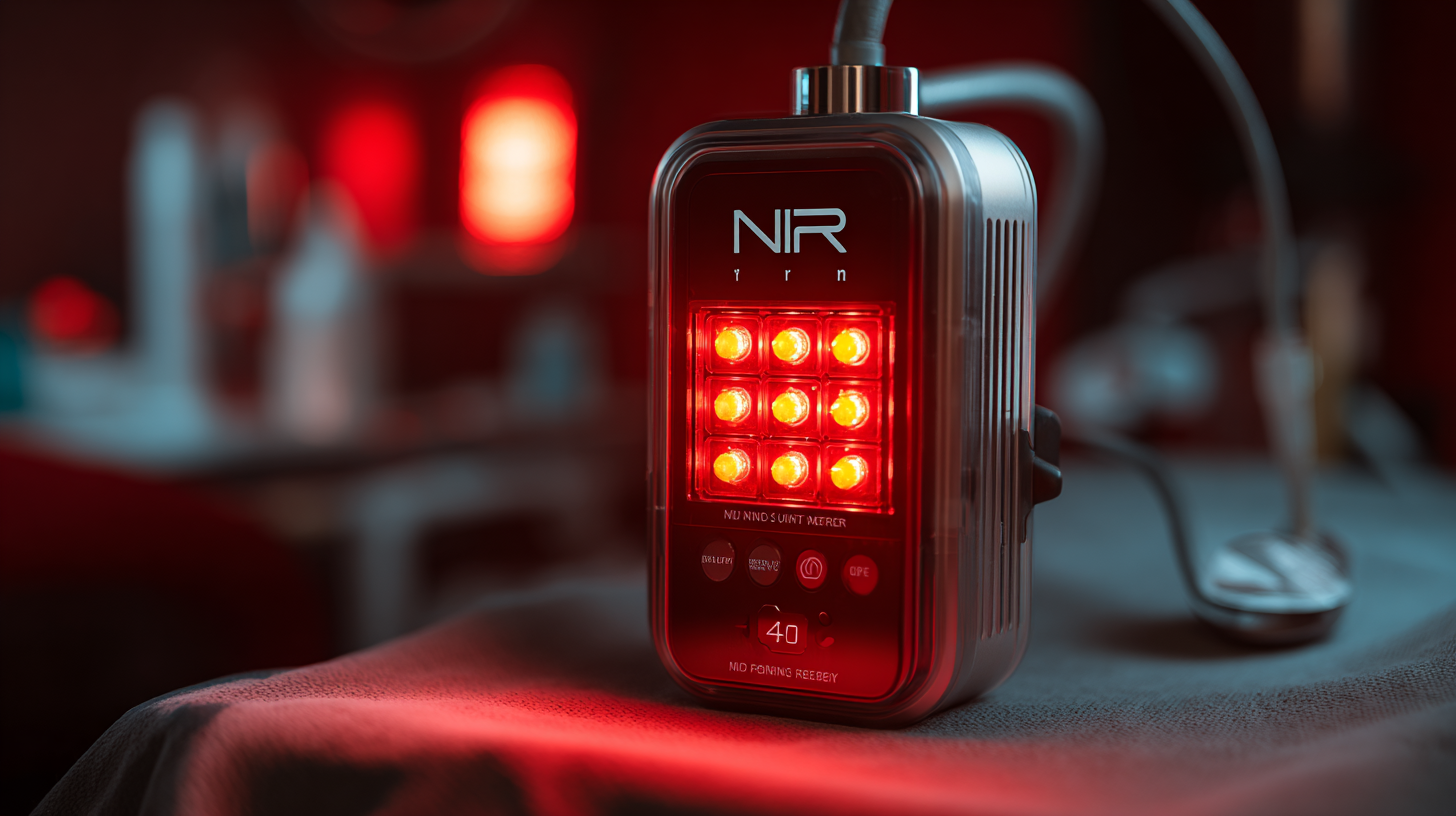Understanding Global Production Standards: How to Choose the Best Red NIR Light Therapy Devices
In today's world, the pursuit of holistic health and wellness has led to a surge in demand for advanced therapeutic technologies, particularly Red NIR Light Therapy devices. These innovative tools harness the power of red and near-infrared light wavelengths to promote healing, relieve pain, and enhance overall cellular function.
However, with the multitude of options available on the market, choosing the best Red NIR Light Therapy device can be a daunting task—especially when factoring in global production standards. This blog aims to
demystify the selection process by examining the qualities that define high-quality devices, highlighting the benefits of sourcing from reputable manufacturing hubs like China's finest factories. By understanding the critical aspects of production standards and how they contribute to the efficacy of Red NIR Light Therapy, you can make an informed decision that supports your health journey.
Exploring the Future of Red NIR Light Therapy: Innovations Expected by 2025
As we move toward 2025, the landscape of red and near-infrared (NIR) light therapy continues to evolve, demonstrating promising innovations that significantly enhance skincare and wellness. Notably, recent trends show a surge in the adoption of red light therapy among regions like the UAE, where residents increasingly utilize these technologies to tackle sleep issues and enhance overall skincare concerns. Reports highlight that this therapy not only helps in rejuvenating the skin but also promotes deeper, restorative sleep, which is fundamental to skin health.

Vital advancements in this field have garnered attention, with some brands being recognized at industry awards for their groundbreaking technologies. This recognition is significant, especially as data indicates that consumers are becoming more tech-savvy and knowledgeable about the various benefits associated with red light therapy. For instance, a recent survey found that 74% of users reported noticeable improvements in skin texture and reduction in wrinkles after consistent use of LED masks over two years, showcasing the effectiveness of these high-tech skincare tools. As innovations unfold, consumers can expect a broader range of affordable and efficient red light therapy devices to emerge, paving the way for a new era in self-care and holistic beauty solutions.
Key Factors for Evaluating Quality in Red NIR Light Therapy Devices
When choosing red NIR (Near-Infrared) light therapy devices, several key factors must be evaluated to ensure quality and efficacy. One of the primary considerations is the wavelength of the light emitted. Research indicates that effective therapeutic results are typically achieved using wavelengths in the range of 600-1100 nm, with 650 nm and 850 nm being the most studied for their beneficial effects on cellular regeneration and pain relief (Hamblin, 2017). Understanding the specific wavelengths utilized in a device can help potential buyers determine its suitability for their intended therapeutic outcomes.
Another critical factor is the irradiance level, which measures the power output of the device expressed in milliwatts per square centimeter (mW/cm²). According to a meta-analysis published in "Lasers in Medical Science," effective treatments often require irradiance levels above 20 mW/cm² for optimal penetration and cellular response (Chaves et al., 2020). Additionally, it's essential to consider the treatment area size and the design of the device. Devices that cover larger areas may offer improved convenience and a more time-efficient experience, helping users achieve their desired results more effectively. Therefore, careful analysis of these factors will provide a solid foundation for selecting a high-quality red NIR light therapy device.
Quality Evaluation Factors for Red NIR Light Therapy Devices
Alternative Treatments to Red NIR Light: Pros and Cons
Red NIR light therapy has gained momentum as a popular alternative treatment for various skin concerns, including wrinkles, dark spots, and even hair loss. While many claim its efficacy, it's essential to weigh the pros and cons before integrating these devices into your skincare routine.
One of the primary advantages of red light therapy is its ability to stimulate collagen production, which can lead to a more youthful appearance. Additionally, users often report improvements in skin clarity and reduced inflammation. However, it’s crucial to consider that results can vary widely among individuals, and more research is needed to understand the long-term effects fully.
**Tips:**
When selecting a red light therapy device, look for those that are FDA-approved to ensure safety and effectiveness. Always follow the manufacturer's guidelines for usage to achieve optimal results, and consider combining red light therapy with other treatments for enhanced benefits. Consulting with a dermatologist before starting any new therapy is also advisable, especially if you have pre-existing skin conditions.
Understanding Global Production Standards: How to Choose the Best Red NIR Light Therapy Devices - Alternative Treatments to Red NIR Light: Pros and Cons
| Criteria |
Red NIR Light Therapy Devices |
Alternative Treatments |
| Efficacy |
High for pain relief and skin rejuvenation |
Varies significantly; some methods lack scientific backing |
| Safety |
Generally safe; minimal side effects |
Depends on the method; some may have risks |
| Cost |
Ranges from affordable to premium prices |
Can vary widely; some are free, others expensive |
| Treatment Time |
Sessions last typically 15-30 minutes |
Varies; some treatments are longer and more involved |
| Accessibility |
Available in clinics and for home use |
Some methods require professional assistance |
| Regulatory Approval |
Often FDA approved |
Many alternatives lack strict regulation |
The Role of Certification and Standards in Global Production of Therapy Devices
When selecting the best red NIR light therapy devices, understanding the role of certification and standards is crucial. Globally recognized standards such as ISO 13485 serve as benchmarks to ensure that medical devices meet quality management requirements. In a report by Grand View Research, the global market for light therapy devices is projected to reach USD 2.3 billion by 2025, underscoring the need for consistency and safety in device manufacturing. Devices that comply with these standards are not only more likely to function effectively but also to provide reliable therapeutic outcomes for users.
Certification ensures that therapy devices have undergone rigorous testing for safety and efficacy. For instance, the FDA's 510(k) clearance process mandates that devices demonstrate equivalency to an already marketed product, providing an additional layer of confidence for consumers and healthcare professionals alike. According to a systematic review published in the Journal of Photomedicine and Laser Surgery, clinical efficacy can vary significantly among devices, primarily influenced by the quality of manufacturing and adherence to established standards. Thus, choosing red NIR light therapy devices backed by proper certifications is essential for accessing safe and effective treatment options.
Consumer Guidance: How to Choose Between Different Red NIR Light Therapy Options
When it comes to choosing the best red NIR (near-infrared) light therapy devices, understanding your specific needs and the features of available options is crucial. Consumers should begin by considering the intended use: Are you looking for pain relief, skin rejuvenation, or muscle recovery? Different devices target varying concerns, so aligning your choice with your goals will yield the best results.
Tips: First, check the wavelength specifications. Devices that operate between 600 to 800 nm are generally considered effective for skin treatments, while wavelengths from 800 to 1000 nm penetrate deeper for muscle and joint pain relief. Next, consider the power output measured in milliwatts (mW). Higher power outputs can lead to more effective treatments in shorter timeframes, but be mindful of safety standards and FDA approvals.
Tips: Additionally, the device's design and usability matter. Portable options may offer convenience, especially for on-the-go treatments, while larger devices might provide more coverage but require more space. Look for features such as adjustable settings and built-in timers for added flexibility and ease of use during your therapy sessions.








